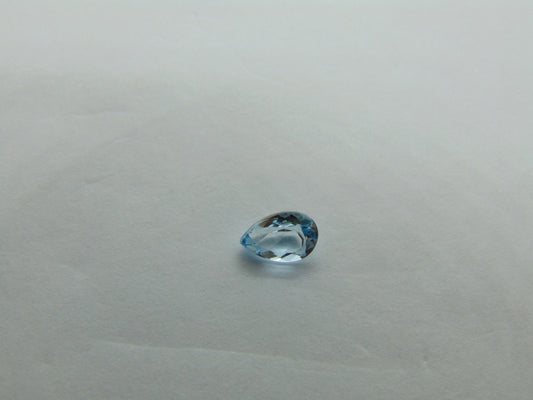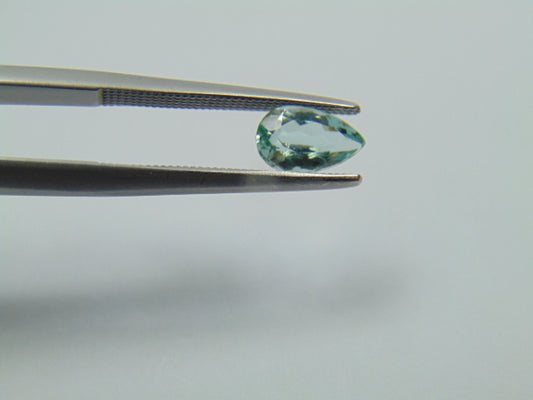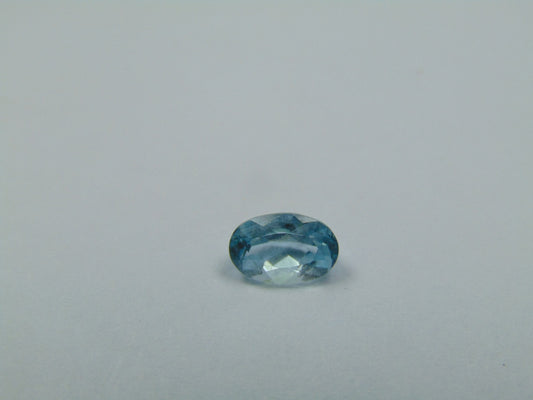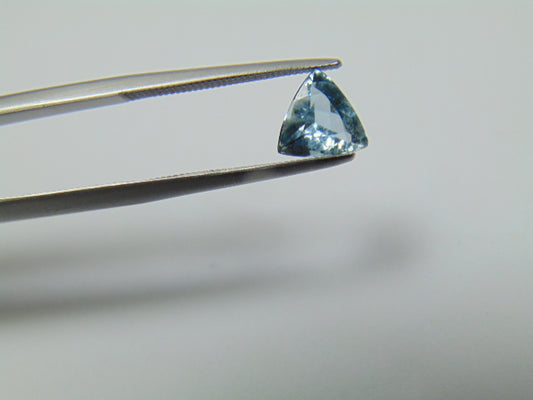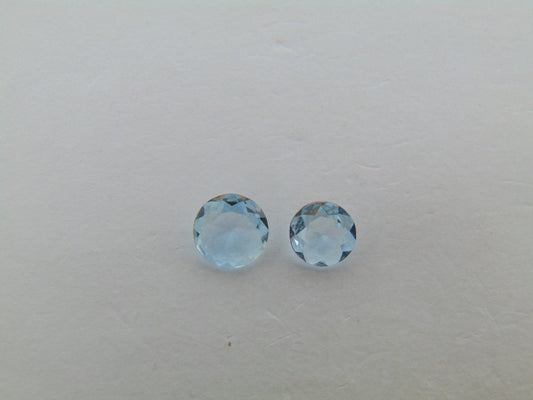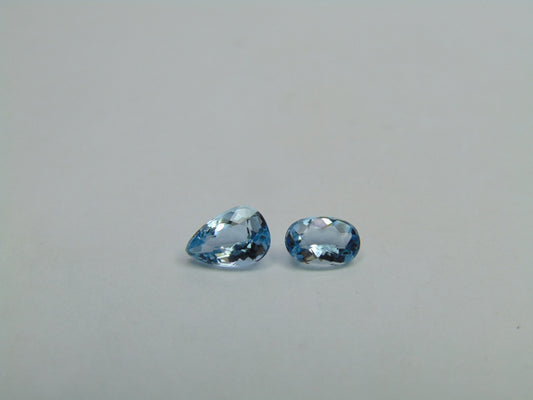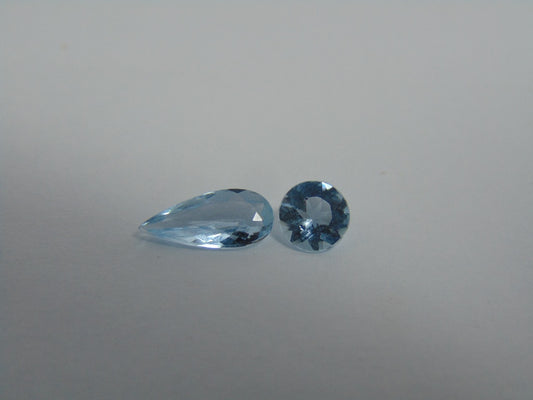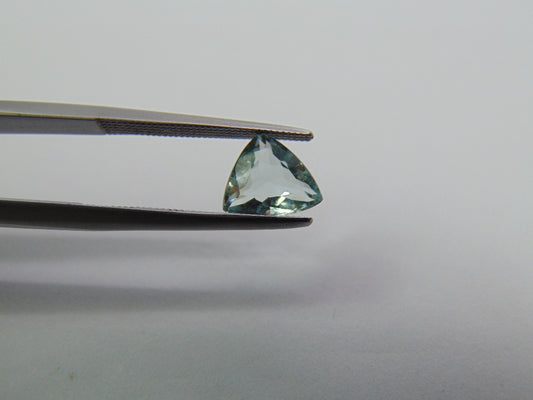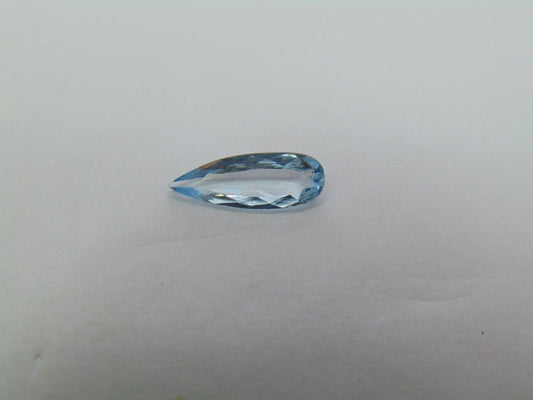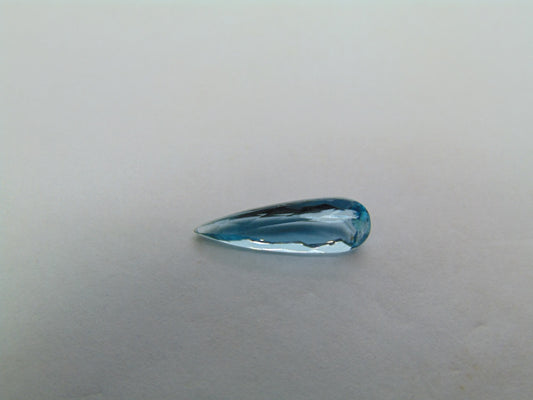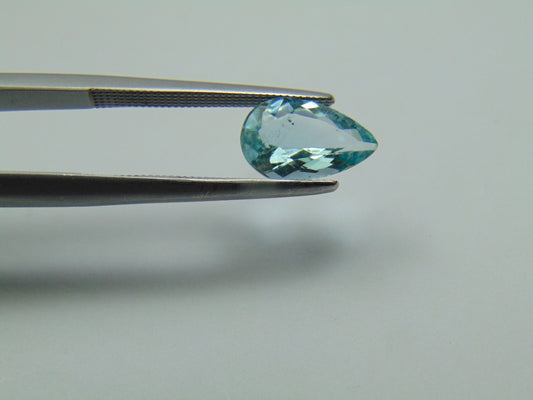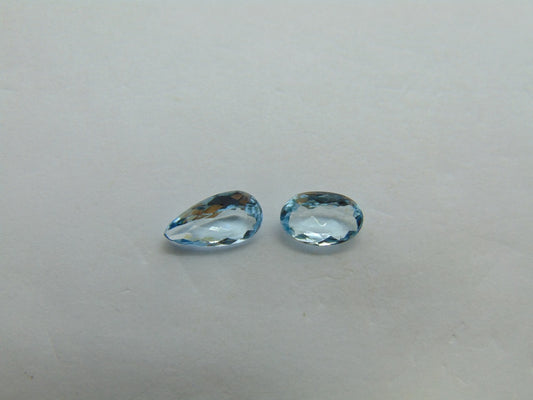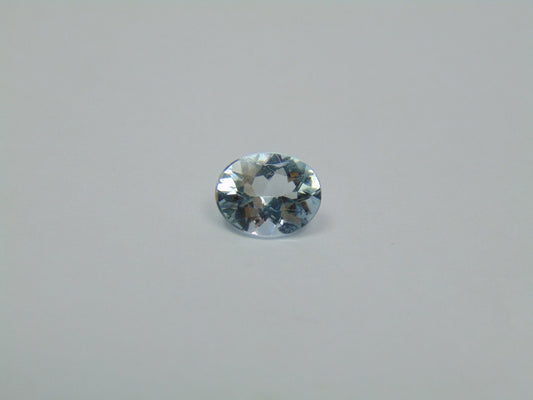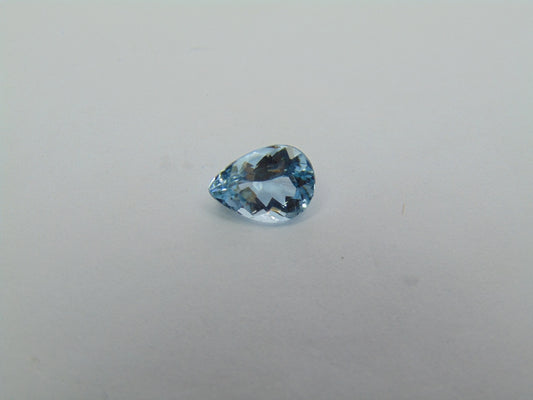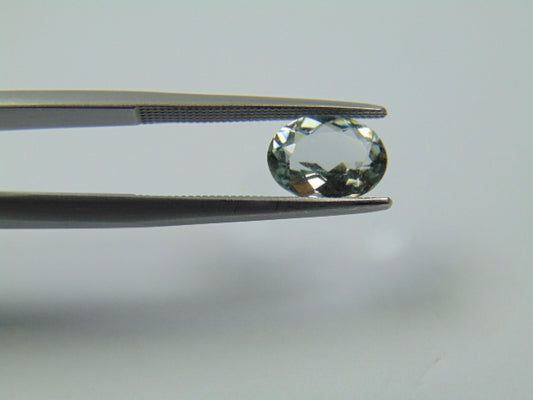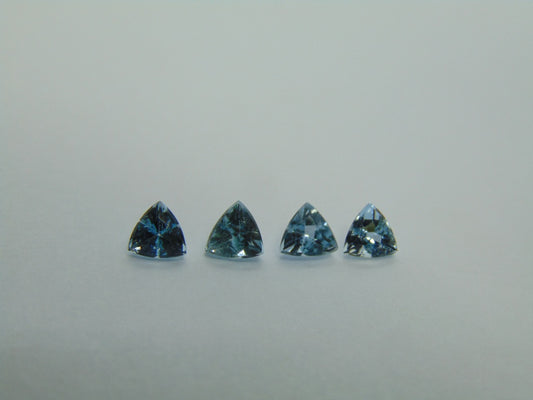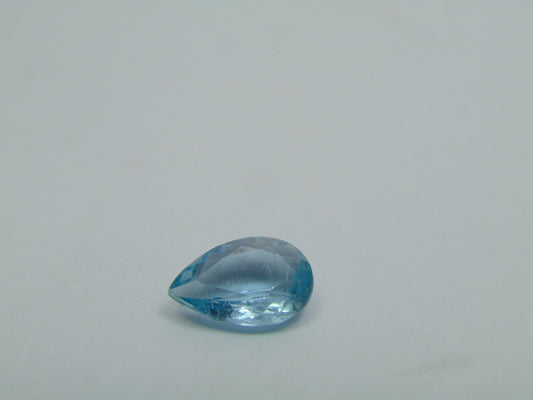Collection: AQUAMARINE
Aquamarine (from Latin: aqua marina, "water of the sea") is a blue or cyan variety of beryl. It occurs at most localities which yield ordinary beryl. The gem-gravel placer deposits of Sri Lanka contain aquamarine. Clear yellow beryl, such as that occurring in Brazil, is sometimes called aquamarine chrysolite.[citation needed] The deep blue version of aquamarine is called maxixe. Maxixe is commonly found in the country of Madagascar. Its color fades to white when exposed to sunlight or is subjected to heat treatment, though the color returns with irradiation.
-
0.59ct Aquamarine 7x5mm
Regular price $12.00 USDRegular price -
0.78ct Aquamarine 8x5mm
Regular price $10.00 USDRegular price -
0.80ct Aquamarine 7x5mm
Regular price $10.00 USDRegular price -
0.97ct Aquamarine 7mm
Regular price $7.00 USDRegular price -
1.02ct Aquamarine 6mm 5mm
Regular price $18.36 USDRegular price -
1.14ct Aquamarine 7x5mm 6x4mm
Regular price $12.54 USDRegular price -
1.20ct Aquamarine
Regular price $14.40 USDRegular price -
1.20ct Aquamarine 8x7mm
Regular price $12.00 USDRegular price -
1.22ct Aquamarine 11x5mm
Regular price $10.98 USDRegular price -
1.25ct Aquamarine 14x5mm
Regular price $15.00 USDRegular price -
1.25ct Aquamarine 14x5mm
Regular price $12.50 USDRegular price -
1.35ct Aquamarine 10x6mm
Regular price $16.20 USDRegular price -
1.38ct Aquamarine 10x5mm
Regular price $17.94 USDRegular price -
1.40ct Aquamarine 9x5mm 8x5mm
Regular price $14.00 USDRegular price -
1.40ct Aquamarine Calibrated 4mm
Regular price $16.80 USDRegular price -
1.42ct Aquamarine
Regular price $17.04 USDRegular price -
1.43ct Aquamarine 9x7mm
Regular price $12.87 USDRegular price -

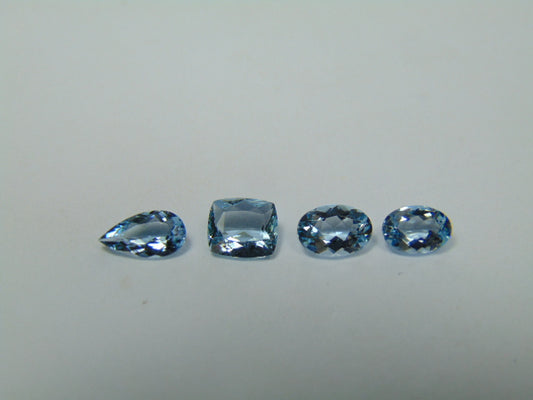 Sold out
Sold out1.45ct Aquamarine
Regular price $13.78 USDRegular price -
1.46ct Aquamarine 9x7mm
Regular price $17.52 USDRegular price -
1.48ct Aquamarine 9x6.5mm
Regular price $14.80 USDRegular price -
1.50ct Aquamarine
Regular price $15.00 USDRegular price -
1.59ct Aquamarine Calibrated 5mm
Regular price $17.49 USDRegular price -
1.60ct Aquamarine
Regular price $19.20 USDRegular price -
1.60ct Aquamarine 10x7mm
Regular price $19.20 USDRegular price


